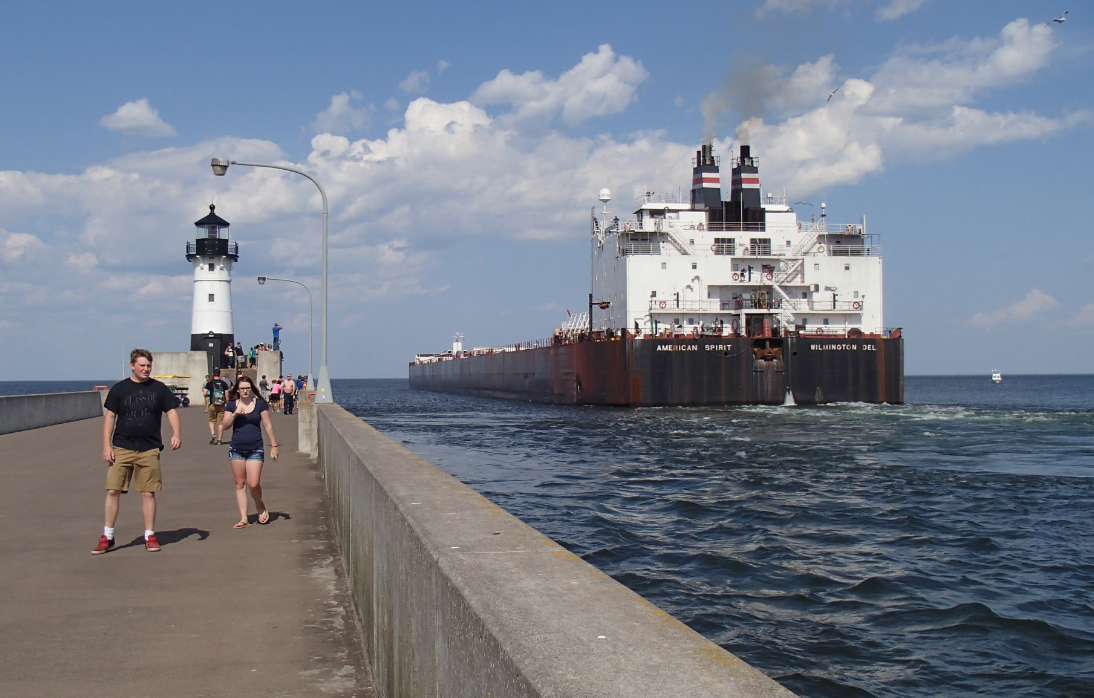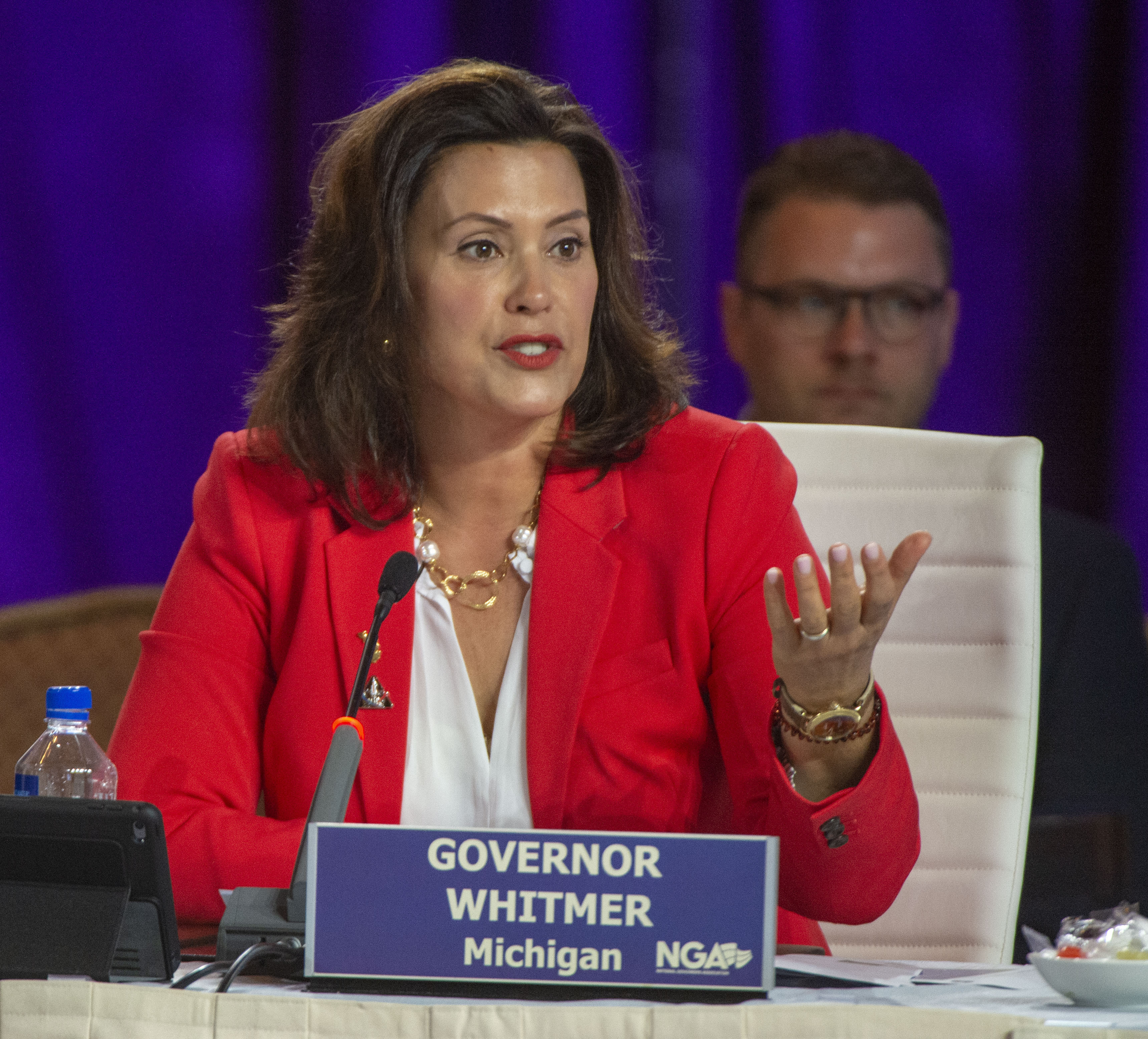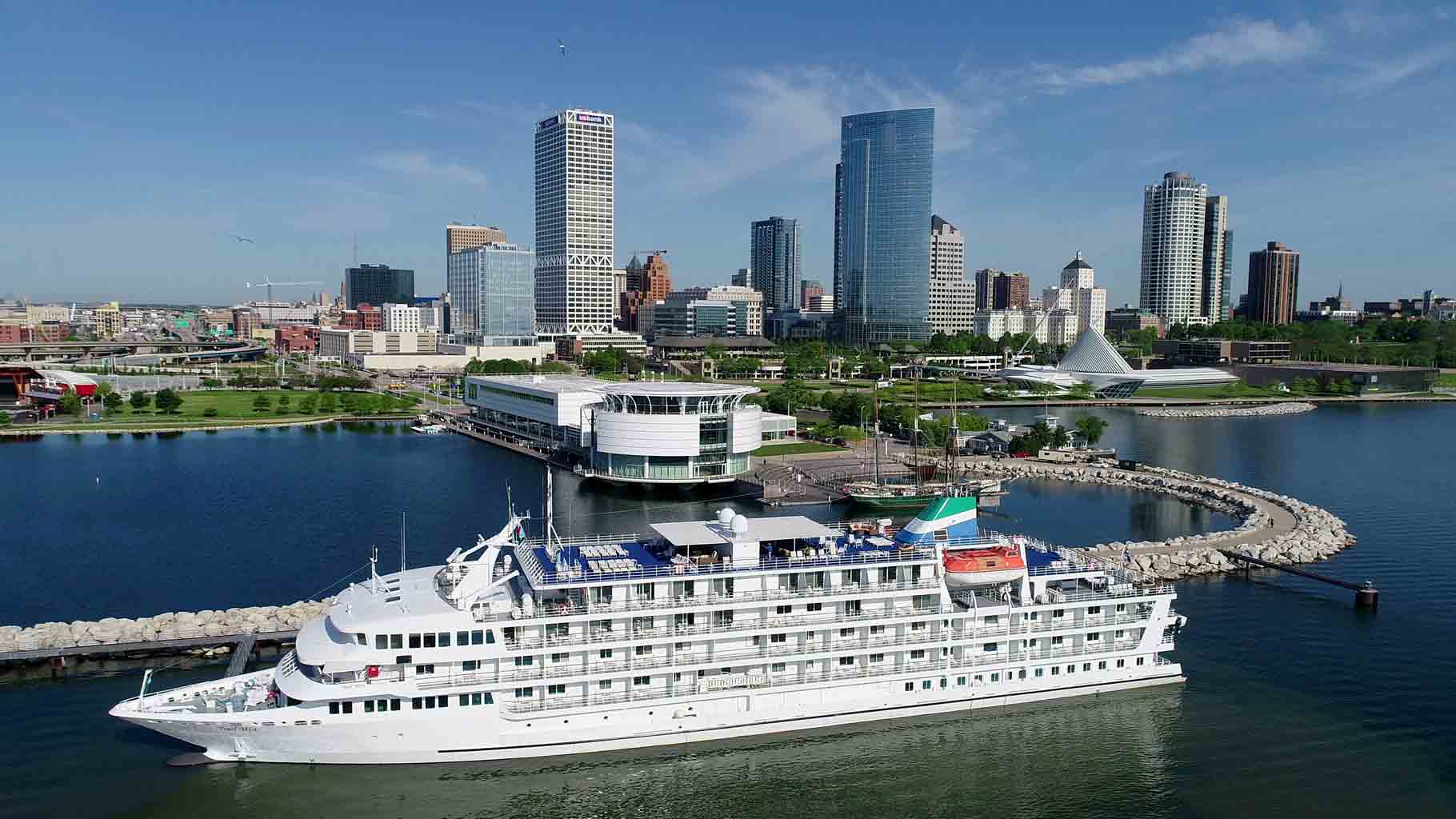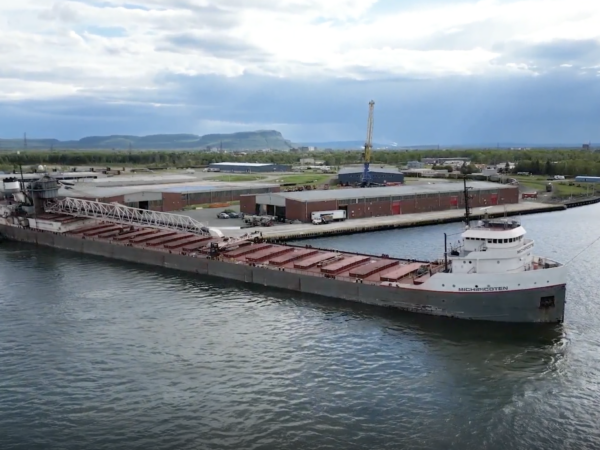
Great Lakes business on the water is feeling the hit from COVID-19 and various state-level restrictions as both big freighters and small charter boats are left idle and without bookings.
Walleye fishing season on Lake Erie has arrived and the charter boats are ready, but “nothing is happening,” according to veteran captain Dave Spangler.
The charter boat business is considered “non-essential” by the state of Ohio in its stay at home order, and Spangler said he is complying. He wants to do his part to keep people healthy and help Ohio recover from COVID-19 to the point where he can hit the lake again, hopefully soon.
Compliance with the order is coming at a steep cost, said Spangler, who runs Dr. Bugs Charters out of Oak Harbor, Ohio.
With winter making an early exit, Spangler said he could have had 10 days of fishing in March and between 15 and 20 in a typical April. Instead he had zero.
May is rapidly approaching, and he’s waiting to see if the restriction on charter boat fishing will be lifted. He’s hopeful but not optimistic as he expects more essential services to take precedent.
But to be operational in June is absolutely critical, Spangler said.
Catch Great Lakes Now‘s segment on the ice fishing industry in Ontario:
API key not valid. Please pass a valid API key.School is out, families are taking vacations on Lake Erie’s shore and by now he’s usually booked for 25 of the 30 days in June. This year he has 16 June bookings and there’s a big catch— only one of the bookings is from Ohio.
The other 15 are from other states, and Ohio’s stay at home order prohibits issuing fishing licenses to out-of-staters.
He and other charter boat operators have made the impact of the out-of-state ban on licenses known to the Department of Natural Resources but have received no information on if and when it will be lifted.
June is critical because after the July 4 holiday, the threat of algal blooms makes July a “marginal” month and creates no business in August, Spangler said.
Anglers don’t want to be on the water during algal bloom season, according to Spangler, who said he doesn’t blame them.
It’s not just the charter boat business that’s impacted. The marinas are void of people save for the restaurants that offer a pickup service. And the shutdown even trickles to a small family business that specializes in cleaning fish after the charters come in with the daily catch.
Spending on Lake Erie sport fishing is over $1 billion annually, according to the American Sportfishing Association.
Spangler wonders too if the customers will stream back in the same numbers when the ban is lifted. He suspects the diehards will but said that the people who canceled in April did not re-book.
Spangler said because of the size of the charter boat companies, they are eligible to apply for the Small Business Administration’s loan program that may include loan forgiveness. Some operators did apply, he said, but he isn’t aware of any who were successful. He fears some charter operators will be forced out of business.
“There is no way to fully recover in 2020,” Spangler said.
Idle freighters and furloughs
The big freighters that ply the Great Lakes have felt the economic downturn caused by COVID-19 as well.
Companies are starting to “lay up” vessels for lack of business, James Weakley, president of the Lake Carriers’ Association, said in an email.
“If they don’t have the need, they have to reduce capacity,” Weakley said, citing the furlough of 175 workers by American Steamship Company as reported by the Buffalo News. The company said business disruption caused by COVID-19 was the basis for the furloughs.
Watch Great Lakes Now‘s segment on the Soo Locks and the shipping industry:
API key not valid. Please pass a valid API key.Two vessels were idled by Interlake Steamship Company, its president Mark W. Barker told Great Lakes Now via a spokesperson.
The vessels are the 1,004-foot M/V James R. Barker and the 826-foot M/V Lee A. Tregurtha.
“We are trying to minimize the impact of laying those vessels up to our crew members by working them into the crew rotations on the vessels that continue to operate,” Barker said.
The company moves about 20 million tons of cargo annually, Barker said, with iron ore destined for steel mills in Detroit, Cleveland and Chicago the primary commodity. Interlake last idled vessels in the 2008 recession.
Grain movement from the Port of Duluth-Superior began earlier than usual and continued robustly into April, according to spokesperson Jayson Hron. He attributed the demand to a reflection of increased demand for food staples due to concerns about COVID-19.
The port bills itself as the “Great Lakes Cargo Capital” and handles 35 million tons of cargo and 900 vessel visits annually, according to its website.
“The bulk cargoes moving through this port support multiple industries, and as these industries slow production, cargo flows are likely to slow,” Hron said. He cited a falling demand for steel as auto manufacturers shuttered plants. He said he expected shipping companies to adjust their capacity in reaction to the reduced demand.
Hron did not comment on potential job reductions at the port based on the slowdown in shipping.
Despite the unknowns with COVID-19 and the dramatic economic downturn, Interlake’s Barker remains resolute. Interlake has over 100 years of shipping on the Great Lakes and is used to weathering storms, he said.
Keep up with Great Lakes Now‘s COVID-19 coverage:




Featured image: Pedestrians can access the shipping channel where freighters enter and exit Duluth, Minn.’s port, Photo by Sandra Svoboda




